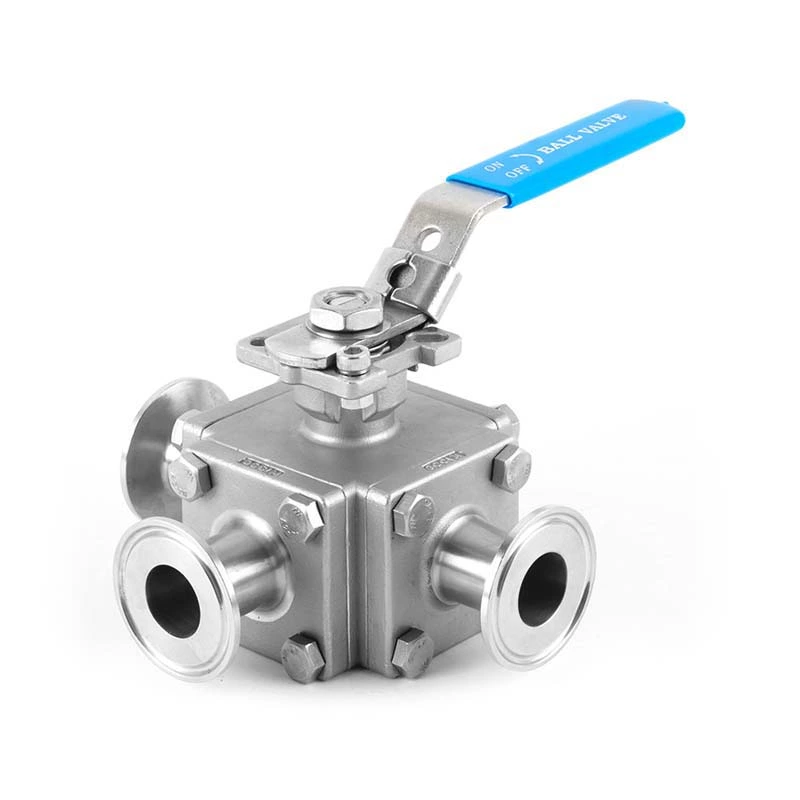What Should We Pay Attention To When Using And Installing Fluorine-lined Valves?
Sanitary Valve is to place polytetrafluoroethylene resin on the inner wall of the steel or iron valve pressure-bearing part by molding (or inlaying). So what precautions should be taken when using and installing fluorine-lined valves?
The instructions for use and installation precautions of fluorine-lined valves are as follows:
1. The flange cover of the fluorine-lined valve cannot be opened at will, unless it is ready to be connected to the pipeline, otherwise the PTFE flange surface may be scratched or deformed due to temperature difference or foreign matter, affecting the seal. If the cover is moved due to inspection needs, it should be reset as soon as possible after inspection to protect the PTFE flange surface.
2. When the fluorine-lined valve is connected to the pipeline, gaskets are generally not used alone, but when it is connected to the flange surface of different materials (metal surface, etc.), appropriate gaskets should be used to protect the PTFE flange surface.
3. When the fluorine-lined valve is used in the system, if leakage occurs at a higher temperature, the system temperature should be lowered to room temperature, and then the cause should be found out and repaired.
4. The sealing pair of the fluorine-lined valve stored for a long time should be slightly open and separated to prevent the sealing surface from being deformed due to long-term pressure, which will affect the sealing function and service life.
5. During installation, the flange nuts should be tightened evenly in the diagonal direction (symmetrically) and with appropriate torque: a If the flange sealing surface leaks, and the nut in the leaking position has been locked, the nut in the leaking position should be loosened half a turn, and then the opposite side should be tightened again with the same torque; b If the above method still fails to stop the leak, check whether there are concave and convex indentations and scratches on the PTFE flange surface. At that time, it can be flattened with fine gauze paper or cloth and reconnected.
Fluorine-lined valves are called fluoroplastic-lined corrosion-resistant valves, which are polytetrafluoroethylene resin (or processed profiles) placed on the inner wall of the steel or iron valve pressure-bearing part by molding (or inlaying) method.
